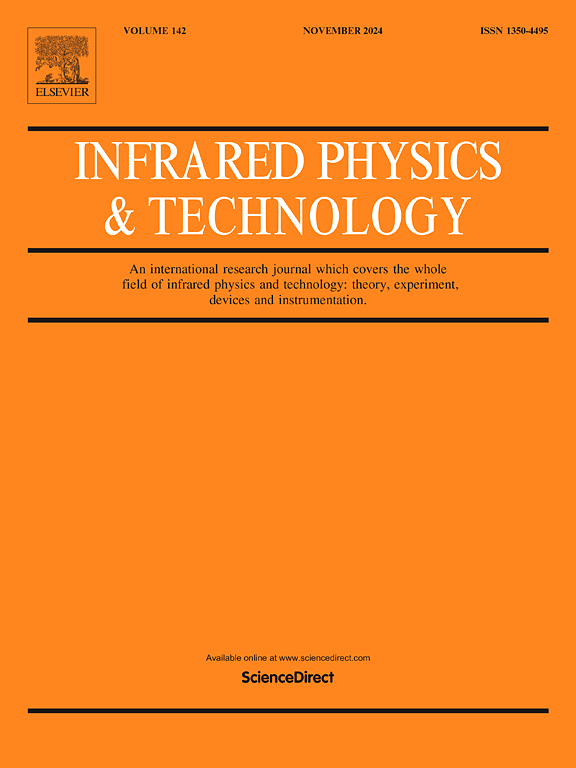通过可见光-近红外光谱和机器学习模型对土壤盐度和土壤侵蚀度进行建模,评估不同土地用途的土地退化情况
IF 3.1
3区 物理与天体物理
Q2 INSTRUMENTS & INSTRUMENTATION
引用次数: 0
摘要
土壤盐度(ECe)和可蚀性(k因子)的准确预测对粮食安全和环境问题的有效管理具有重要意义。必须解决土地退化问题。因此,本研究旨在利用可见光和近红外(Vis-NIR)精确预测不同土地利用类型(如牧场、裸地和农田)的土壤盐度和可蚀性,这些土地利用类型是土地退化的重要问题。通过这种方式,使用了多元回归(MR)和随机森林(RF)建模技术。选取150个采样点代表土地利用的多样性进行土壤分析。在每个点,测量ECe和RUSLE模型的k因子。采用便携式光谱仪捕获光谱反射率,测量400 ~ 2400 nm波长范围内的反射率。本研究采用各波长的光谱反射率数据以及不同波长反射率数据的组合作为输入变量。结果表明,以组合因子为输入变量的RF模型在预测ECe (RMSE = 4.85, R2 = 0.87)和k因子(RMSE = 0.014, R2 = 0.60)方面均优于其他模型。此外,分析还强调了模型在不同土地利用类型中的性能改进,特别是在农田和牧场。此外,在所有土地利用类型下,RF模型比MR模型更有效地估算土壤可蚀性。这种综合方法显示了集成Vis-NIR数据和机器学习技术来评估土地退化参数的能力。这些结果支持决策者实施有针对性的农业实践来应对这些挑战。本文章由计算机程序翻译,如有差异,请以英文原文为准。
Assessment of land degradation in different land uses by modeling soil salinity and soil erodibility coupled Vis-NIR spectroscopy and machine learning model
Accurate forecasting of soil salinity (ECe) and erodibility (K-factor) is of importance for food security and effective management for environmental issues. It is important to address land degradation. Hence, this study aims to employ visible and near-infrared (Vis-NIR) to precisely predict soil salinity and erodibility at different types of land use such as rangelands, bare lands, and farmlands, where land degradation is a significant issue. In this way, the multiple regression (MR) and random forest (RF) modelling techniques were used. 150 sampling points were selected to represent the diversity in land uses for soil analysis. At each point, the ECe and the K-factor from the RUSLE model were measured. A portable spectrometer captured spectral reflectance was employed to measure reflectance in the 400 to 2400 nm wavelength range. In this study, spectral reflectance data at each wavelength and combinations of different wavelength reflectance data were used as input variables. The results showed that the RF model, which incorporated combined factors as input variables, surpassed other models in predicting both ECe (RMSE = 4.85 and R2 = 0.87) and K-factor (RMSE = 0.014 and R2 = 0.60). Additionally, the analysis highlighted improved model performance across different land use types, particularly in farmlands and rangelands. Furthermore, the RF model proved more effective than the MR model in estimating soil erodibility at all land use types. This integrated approach showed the power of integrating Vis-NIR data and machine learning techniques to assess land degradation parameters. These results support the implementation of targeted agricultural practices by policymakers to address these challenges.
求助全文
通过发布文献求助,成功后即可免费获取论文全文。
去求助
来源期刊
CiteScore
5.70
自引率
12.10%
发文量
400
审稿时长
67 days
期刊介绍:
The Journal covers the entire field of infrared physics and technology: theory, experiment, application, devices and instrumentation. Infrared'' is defined as covering the near, mid and far infrared (terahertz) regions from 0.75um (750nm) to 1mm (300GHz.) Submissions in the 300GHz to 100GHz region may be accepted at the editors discretion if their content is relevant to shorter wavelengths. Submissions must be primarily concerned with and directly relevant to this spectral region.
Its core topics can be summarized as the generation, propagation and detection, of infrared radiation; the associated optics, materials and devices; and its use in all fields of science, industry, engineering and medicine.
Infrared techniques occur in many different fields, notably spectroscopy and interferometry; material characterization and processing; atmospheric physics, astronomy and space research. Scientific aspects include lasers, quantum optics, quantum electronics, image processing and semiconductor physics. Some important applications are medical diagnostics and treatment, industrial inspection and environmental monitoring.

 求助内容:
求助内容: 应助结果提醒方式:
应助结果提醒方式:


